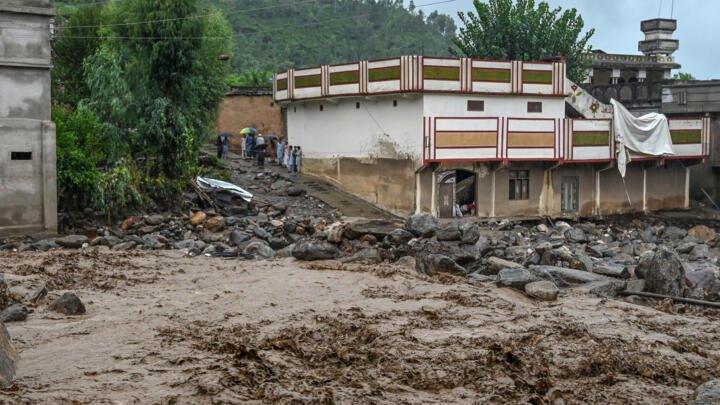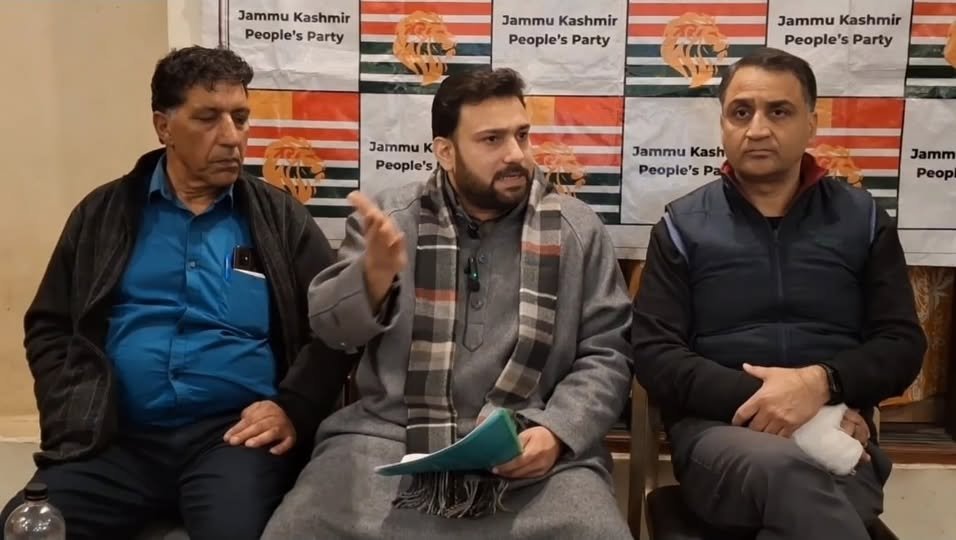ISLAMABAD, August 20 — Grief and destruction are once again sweeping across Pakistan as another wave of intense monsoon rains has claimed the lives of over 20 people in just a few days, with the season’s death toll now approaching a staggering 750.
These are not just numbers. Behind every life lost is a family left devastated, a home washed away, a future rewritten in sorrow.
The relentless rains have battered every corner of the country — from the bustling southern metropolis of Karachi to the mountainous northern region of Gilgit-Baltistan. The National Disaster Management Authority (NDMA) reported 10 tragic deaths in Karachi alone, mostly due to house collapses and electrocution caused by the sudden urban flooding.
In Gilgit-Baltistan, landslides took 11 more lives, cutting off roads and isolating communities already struggling to cope. The worst-hit continues to be Khyber Pakhtunkhwa, where over 400 people have lost their lives since last Thursday, buried under mud, swept away by floodwaters, or crushed by collapsing homes.
These rains are part of the annual monsoon season, which usually stretches from June to September. But each year, the floods seem more furious, the destruction more widespread — a terrifying reflection of the growing climate crisis.
Pakistan, already one of the most climate-vulnerable nations, is witnessing firsthand the deadly cost of global inaction. The memories of 2022 still haunt many — the year when one-third of the country was submerged, claiming nearly 1,700 lives.
As families mourn, rescuers dig through rubble, and survivors cling to whatever is left, the nation is once again left asking: how many more lives must be lost before we prepare better, respond faster, and act on climate with urgency?




